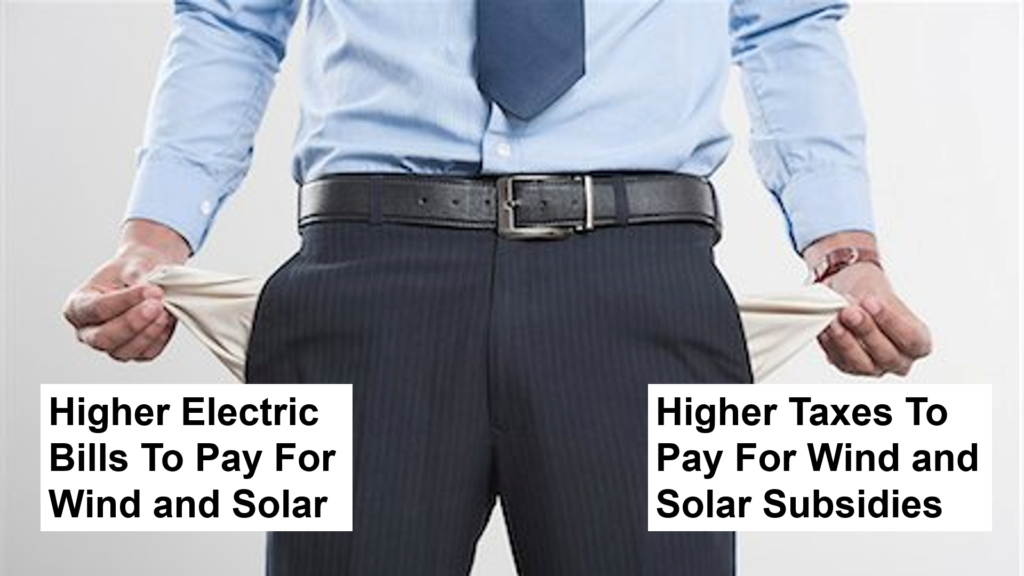Wind and Solar Prices Are Rising
Wind and solar prices are rising across the country and they will likely to continue rising for the foreseeable future, according to the publication Utility Dive. Prices for these electricity sources are rising because subsidies for them are falling. While this is basic economics, the wind and solar industries constantly tell us that wind and solar are always getting cheaper, forever. It turns out their talking points are wrong.
According to Utility Dive:
“According to LevelTen Energy’s second quarter PPA price index, the cost of both solar and wind look set to rise in the coming months and possibly years. Solar prices saw a slight annual increase from the second quarter of 2019 to 2020, marking the first annual increase for solar since LevelTen began tracking the PPA index.
Wind, on the other hand, jumped another 13.5% in the same time frame after several consecutive quarters of rising prices.
“Over the last few quarters, price increases have been more frequent, and now we’re seeing it year over year,” Collier said. “And there was one statistic that caught my attention, which is the year-over-year P25 wind increase of 13.5%, which is a pretty material increase.”
Smaller increases in the 1-2% range could amount to little more than noise, Collier said, but repeated increases of 10-15%, as LevelTen has observed in wind PPAs for several quarters, suggest a more long-term trend.
“We won’t see the decreases that we saw a couple of years ago. I don’t think we’re going to return to that world,” he said. “Looking long-term, renewables will still be extremely competitive compared to fossil fuels, but we are in a leveling off, if not a slight increase, over the next couple of quarters.”
Collier cited several factors potentially driving the trend, including the phase out of renewable energy tax credits. Although COVID-19 triggered the extension of tax credits, the credits are “nonetheless rolling off,” he said. That in turn is likely to fuel price increases for the next five to six years, until the tax credits have ended, at which point Collier predicts markets will see a stabilization and then a likely decline in prices once again.”
The admission by the renewables industry highlights something Center of the American Experiment has been saying this whole time: subsidies do not reduce the cost of energy, they simply change who pays it. In the case of wind and solar, Minnesotans pay more for their electricity through higher electric bills, and they also have to pay higher taxes to pay for the subsidies.

Unfortunately, state agencies like the Minnesota Department of Commerce assume that the cost of wind and solar will continue to fall, forever, in their studies on the cost of energy, like the Solar Pathways Analysis.
By using the wrong assumptions, they get the wrong idea about the cost of energy, and this is very bad for Minnesota families and businesses because the Minnesota Department of Commerce is designed to protect them against government-approved monopoly utilities, like Xcel Energy, by making sure these companies are investing in low-cost sources of electricity generation.
The Commerce Department has not been doing this job for a long time. Instead, they have been pushing wind and solar despite the high costs these sources impose on consumers. In this case, the fox is guarding the hen house which is why Minnesotans need the freedom to choose their own electricity provider. Only when consumers have the power to choose will we diminish the power of bureaucrats, and protect families from predatory business practices from Xcel Energy.